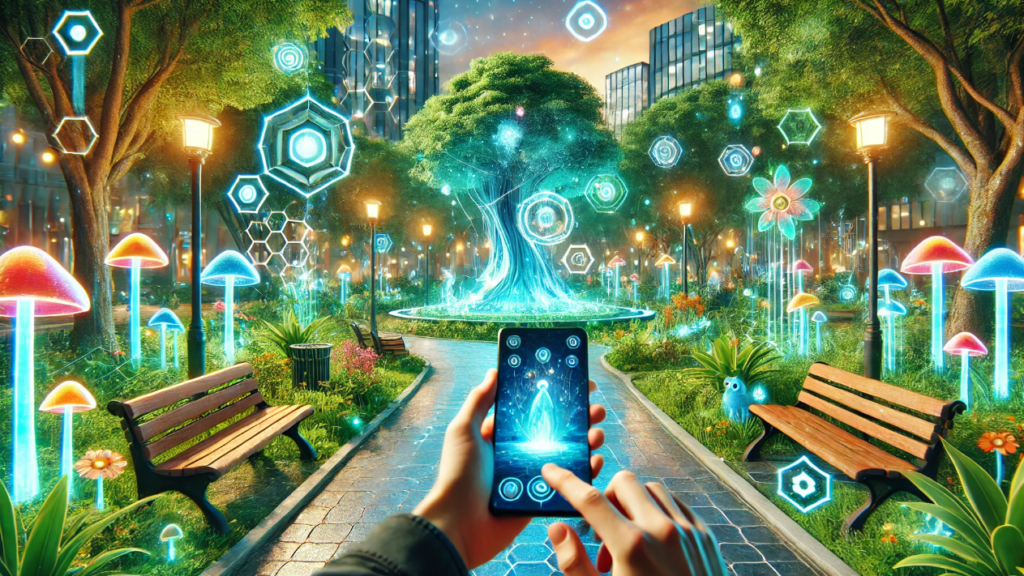Did you know that while playing Pokémon Go, you’ve been helping to create a massive augmented reality (AR) world? Niantic, the company behind the game, has been collecting data from players to train its AI and build a digital version of our physical world.

Here’s how it works: When Pokémon Go players scan locations or use Niantic’s other app, Scaniverse, they share pictures and positioning data. These images, taken from ground level, help Niantic’s AI learn about streets, parks, landmarks, and other places. Unlike Google Maps, which focuses on roads for cars, this data is unique because it captures what the world looks like to pedestrians.
Niantic uses this data to power its Large Geospatial Model (LGM), an advanced AI system designed to understand and navigate the real world. So far, they’ve trained 50 million smaller AI networks, combining them into a massive “brain” with 150 trillion parameters. These networks work together to create a detailed, AR-ready digital map of over 10 million locations, with 1 million new scans added every week.
What’s the goal? Niantic says this data will help build an AR world where digital content and the real world merge. Imagine games where virtual objects seamlessly appear in your environment or robots that can navigate cities with ease. However, some people worry about how this data could be used—possibly for surveillance or even military applications.
Niantic has faced criticism before for how it handles player data. For example, in the past, businesses paid Niantic to place PokéStops near their locations to attract customers. Now, with millions of location scans stored, the company is focused on using the data to shape the future of AR technology.
So, every time you catch a Pokémon or spin a PokéStop, you’re not just playing a game. You’re contributing to a giant digital map that could change how we interact with the world—both virtually and in real life.